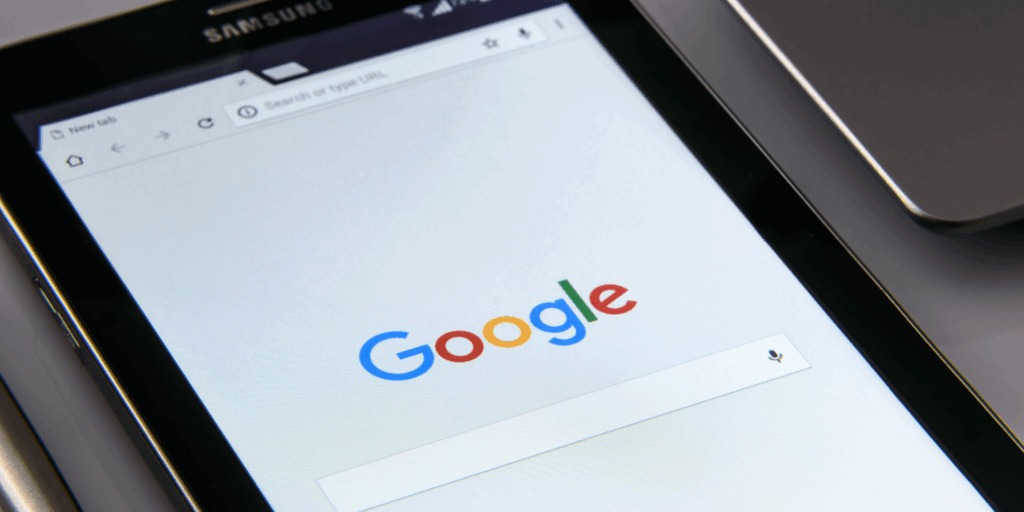
From merely cramming keywords into webpages and hoping for Google’s favor, search engine optimization, or SEO, has advanced significantly.
These days, SEO is a comprehensive, multi-channel approach that can increase conversions, brand recognition, and credibility. Let’s embark on an enjoyable (and quite useful) exploration of how to optimize your brand’s search engine optimization efforts across all of your marketing channels.
1. Website: Your SEO Home Base
Your website is the mothership. Everything else orbits around it.
- Technical SEO: Make sure your site loads fast, is mobile-responsive, and has a clean URL structure.
- On-page SEO: Focus on keyword-rich headings, meta descriptions, image alt text, and internal linking.
- Content is King: Create valuable blog posts, case studies, FAQs, and product pages that answer the exact queries your audience types into Google.
A pro tip? Don’t forget schema markup to enhance your search listings with rich snippets.
2. Social Media: The Unsung SEO Hero
- Share website content regularly.
- Use keywords and hashtags strategically.
- Engage with your audience to build community trust and traffic.
Think of social media as the amplifier for your best SEO content.
3. Local SEO: Own Your Neighborhood
If you’re a local business, local SEO is gold.
- Claim and optimize your Google Business Profile.
- Ensure consistent NAP (Name, Address, Phone) info across all listings.
- Encourage reviews and respond to them.
Don’t underestimate the power of local keywords like “best pizza in Brooklyn” or “top marketing agency in Boston.”
4. Email Marketing: An Unexpected SEO Ally
Email may not directly impact SEO, but it drives qualified traffic to your site, which helps search engines notice you.
- Share blog posts and landing pages in your newsletters.
- Use email automation to nurture leads back to optimized web content.
A highly engaged email list equals more clicks and site visits. That’s a silent SEO win.
5. Video Marketing: The Engagement Magnet
YouTube is the second-largest search engine after Google.
- Optimize video titles, descriptions, and tags with relevant keywords.
- Add transcripts and captions to boost accessibility.
- Embed videos on your website to keep users engaged longer (dwell time matters!).
Video content helps you dominate both traditional search and video search results.
6. PPC and SEO: The Power Duo
Paid ads don’t directly affect organic rankings, but combining PPC with SEO creates data-driven magic.
- Test keyword performance in paid campaigns before committing to organic strategies.
- Dominate the SERP (Search Engine Results Page) with both paid and organic listings.
Double the exposure, double the impact.

7. PR and Backlink Strategy
Backlinks are still one of the strongest SEO signals.
- Build relationships with journalists and bloggers.
- Get featured in authoritative industry publications.
- Create “link-worthy” content like original research, infographics, and ultimate guides.
More quality backlinks = more authority = better rankings.
8. Analytics: Measure, Tweak, Repeat
What gets measured gets improved.
- Use Google Analytics and Google Search Console religiously.
- Track your keyword rankings, traffic sources, and conversions.
- Continuously optimize based on performance data.
SEO is a marathon, not a sprint. Stay patient, stay data-driven.
Final Thoughts: Synergy Is the Secret Sauce
It’s not necessary to do everything at once in order to maximize this effort across media. It involves developing a unified, interrelated approach in which every channel contributes to the improvement of the others. Imagine it as an orchestra, where each instrument (or channel) contributes to the wonderful symphony of growth and visibility.
Go ahead and evaluate your present endeavors, create connections across channels, and let your SEO approach shine.




